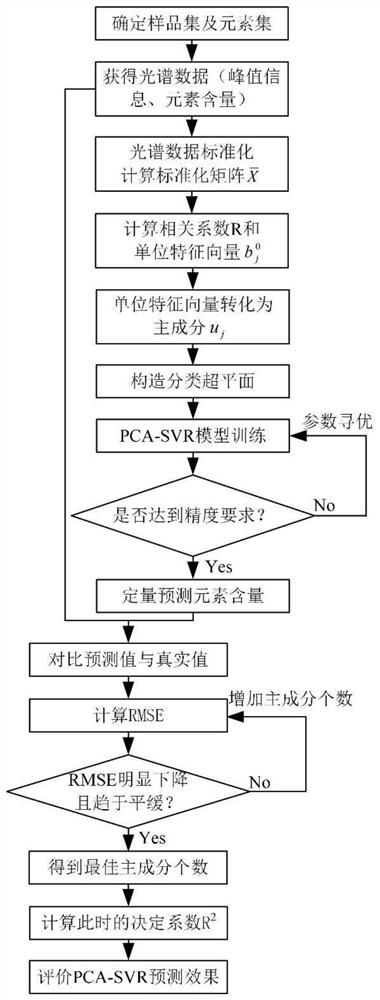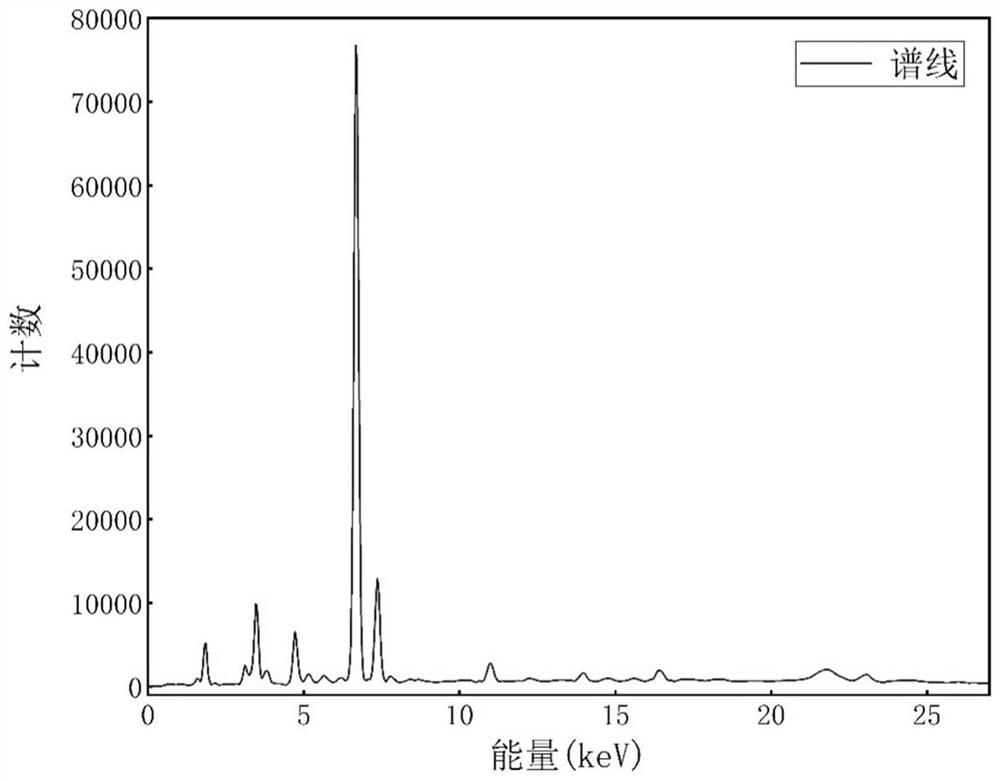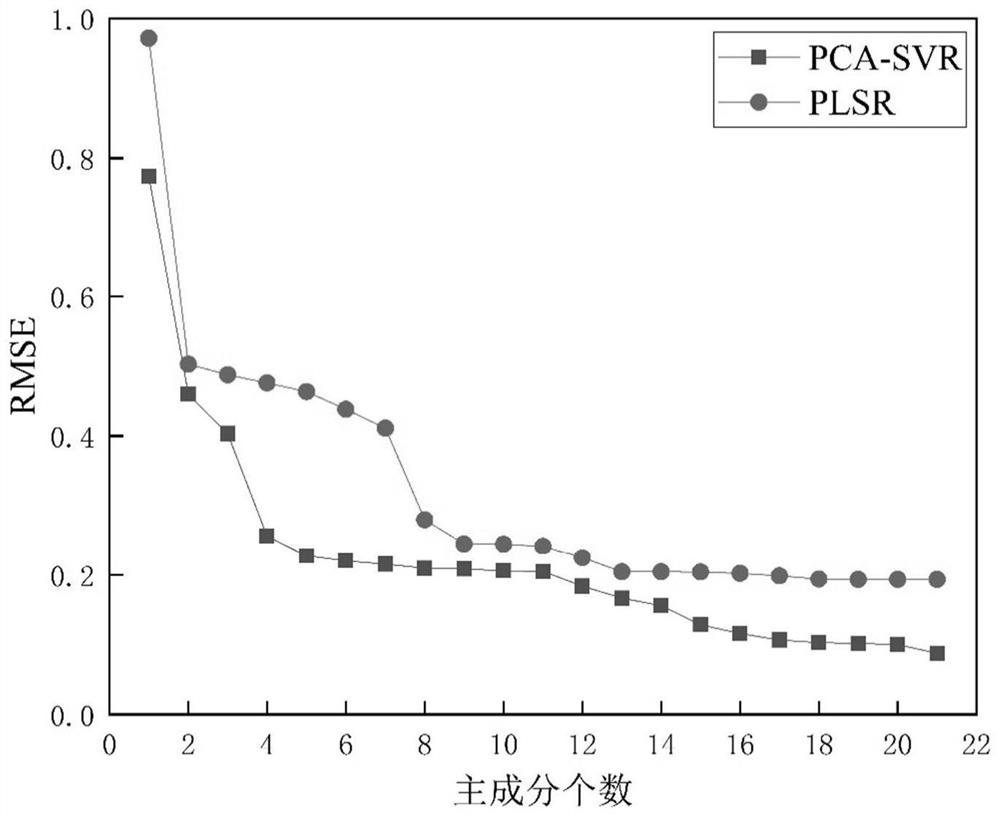XRF element quantitative analysis method based on PCA-SVR
A PCA-SVR, quantitative analysis technology, applied in the analysis of materials, material analysis using wave/particle radiation, measurement devices, etc., can solve the problems of overlapping peak counts of element spectral lines, uncertainty of element information, lack of data inspection, etc. , to achieve intuitive results, rapid quantitative prediction, and high detection accuracy
- Summary
- Abstract
- Description
- Claims
- Application Information
AI Technical Summary
Problems solved by technology
Method used
Image
Examples
Embodiment Construction
[0045] The specific implementation manner and working principle of the present invention will be further described in detail below in conjunction with the accompanying drawings.
[0046] This embodiment provides a PCA-SVR-based XRF elemental quantitative analysis method, and its workflow is as follows figure 1 As shown, the specific steps to obtain elemental information and detection limits in standard soil samples are as follows:
[0047] Step 1: Determine the soil sample set, assuming that there are n soil samples in the soil sample set, namely sample 1, sample 2... sample 57. Take all the elements that can be identified by the spectrometer to form the element set A contained in the soil sample, and finally get a total of 57 element sets from A1 to A57, that is, take the union of A1 to A57 to get the element set with content in the soil sample set A. Elements in element set A are included in elements 12 to 92 of the periodic table.
[0048] Step 2: Use 57 national standard...
PUM
 Login to View More
Login to View More Abstract
Description
Claims
Application Information
 Login to View More
Login to View More - R&D
- Intellectual Property
- Life Sciences
- Materials
- Tech Scout
- Unparalleled Data Quality
- Higher Quality Content
- 60% Fewer Hallucinations
Browse by: Latest US Patents, China's latest patents, Technical Efficacy Thesaurus, Application Domain, Technology Topic, Popular Technical Reports.
© 2025 PatSnap. All rights reserved.Legal|Privacy policy|Modern Slavery Act Transparency Statement|Sitemap|About US| Contact US: help@patsnap.com



